- US stocks slid as the S&P 500 fell 0.69% and Nvidia dropped 1.95% yesterday. Analysts warn that outsized valuations in a few tech giants (especially Nvidia) have created a concentration risk in U.S. stocks reminiscent of past bubbles.
The S&P 500 lost 0.69% yesterday. Nvidia, however, lost more than twice that—it was down 1.95%. And, of course, the bond market is unhappy—with long-term yields going up as investors lose faith in the credibility of governments who want their financing.
It’s all looking a bit nervy.
And it won’t be helped by a research note today from Deutsche Bank, which asks the question, “Are US equities in a bubble?” The answer, according to analysts Jim Reid, Henry Allen, and Rajsekhar Bhattacharyya, is … maybe.
Nvidia is a big part of the problem, they say. Its market cap is huge. Too huge?
“Nvidia’s market cap is now larger than every country’s entire listed stock exchange apart from the US, China, Japan and India,” the trio wrote. That has a distorting effect on U.S. stocks because Nvidia and just four other stocks (Microsoft, Alphabet, Apple, and Amazon) compose 30% of the S&P 500’s entire value. For comparison, the concentration of the top five companies in the S&P during the dot com bubble of 2000 was less than half that.
This chart shows just how weighted toward the top five stocks the market currently is:

The valuation of those stocks is so high that the U.S. market now dwarfs foreign markets in a way that it historically did not. “The US is now nearly five times larger than China (in second) and around 20 times larger than Europe’s larger markets,” they said.
“This doesn’t automatically mean it’s a bubble, but we appear to be in uncharted territory, and likely means performance heavily depends on a handful of companies,” the Deutsche team said.
“We should note that, of [developed country] equity markets, only the U.S. could be considered a bubble risk. Other G7 equity markets currently have historically average valuations vs. earnings.”
What could possibly go wrong?
The labor market for one thing. The U.S. will publish a new job openings report today (the so called JOLTS) and a new nonfarm payrolls number on Friday.
EY-Parthenon Chief Economist Gregory Daco forecasted in a note yesterday that he expects Friday’s employment number to be weak: “August’s employment report is likely to confirm that a marked slowdown in labor market conditions is underway, as business leaders—grappling with softer final demand, higher costs and interest rates, and elevated uncertainty—continue to restrain hiring. We anticipate another step down in job growth, with nonfarm payrolls expected to rise by just 40,000 in August, following a 73,000 increase in July. The unemployment rate is projected to edge higher to 4.3% – its highest level since October 2021.”
Buckle up. It’s going to be a bumpy ride. (Or to put it another way, the VIX fear index—which measures volatility—has been elevated in recent days and was up 5.46% yesterday.)
Here’s a snapshot of the markets globally this morning:
- S&P 500 futures were up 0.49% this morning. The index closed down 0.69% in its last trading session.
- STOXX Europe 600 was up 0.69% in early trading.
- The U.K.’s FTSE 100 was up 0.5% in early trading.
- Japan’s Nikkei 225 was down 0.88%.
- China’s CSI 300 was down 0.68%.
- The South Korea KOSPI was up 0.38%.
- India’s Nifty 50 up 0.55% before the end of the session.
- Bitcoin rose to $110.9K
This story was originally featured on Fortune.com

 2 hours ago
1
2 hours ago
1

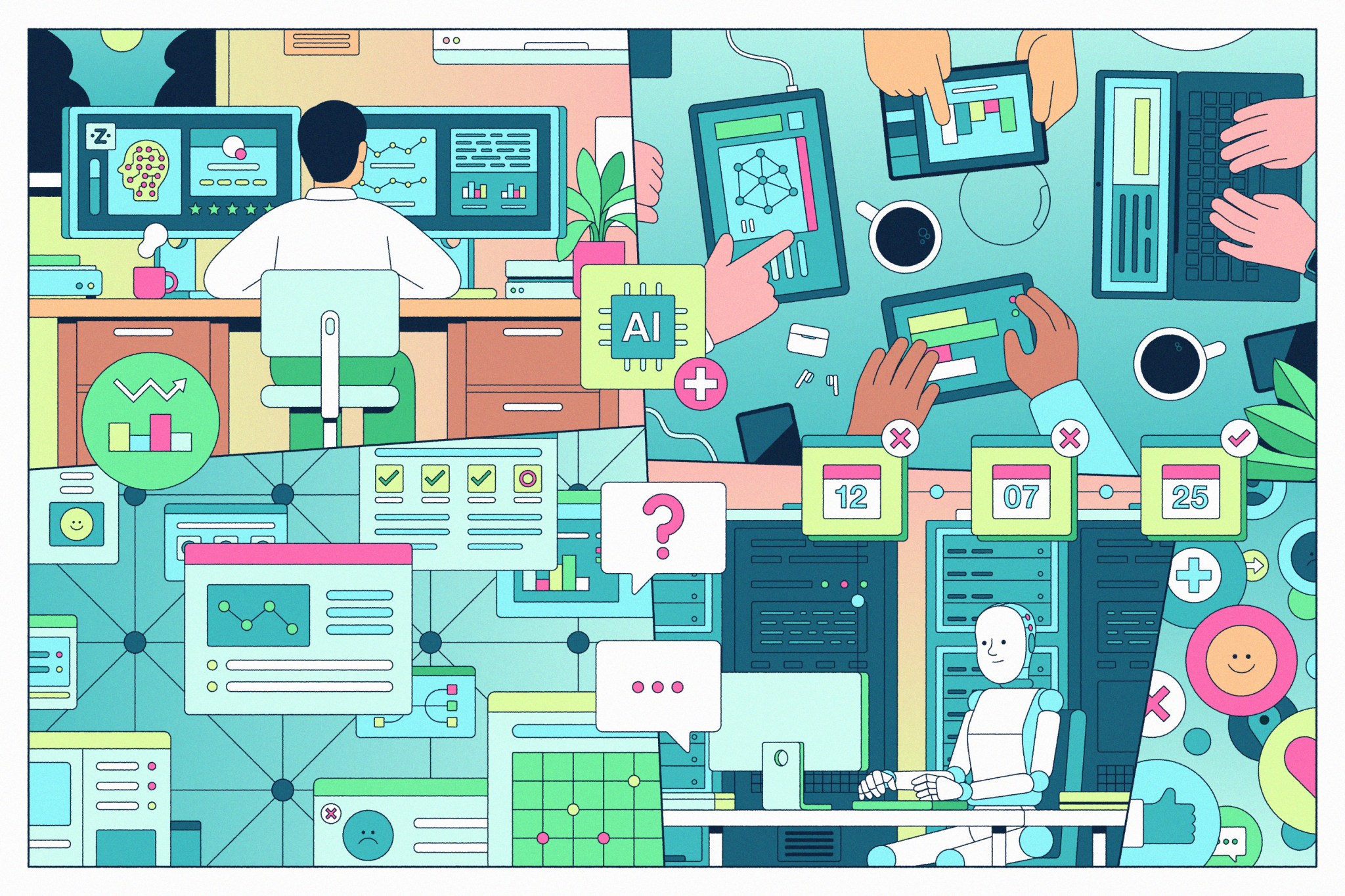
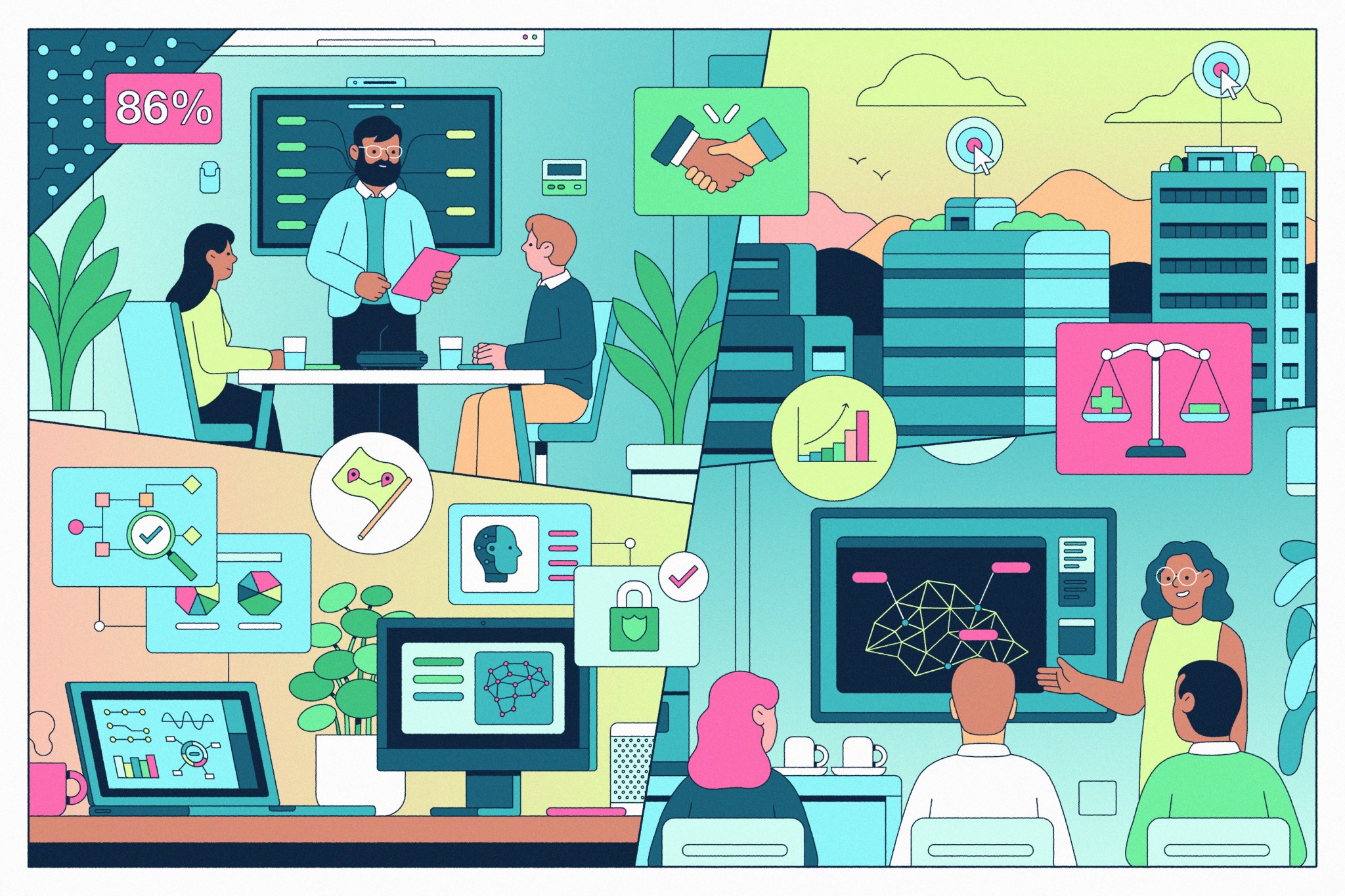
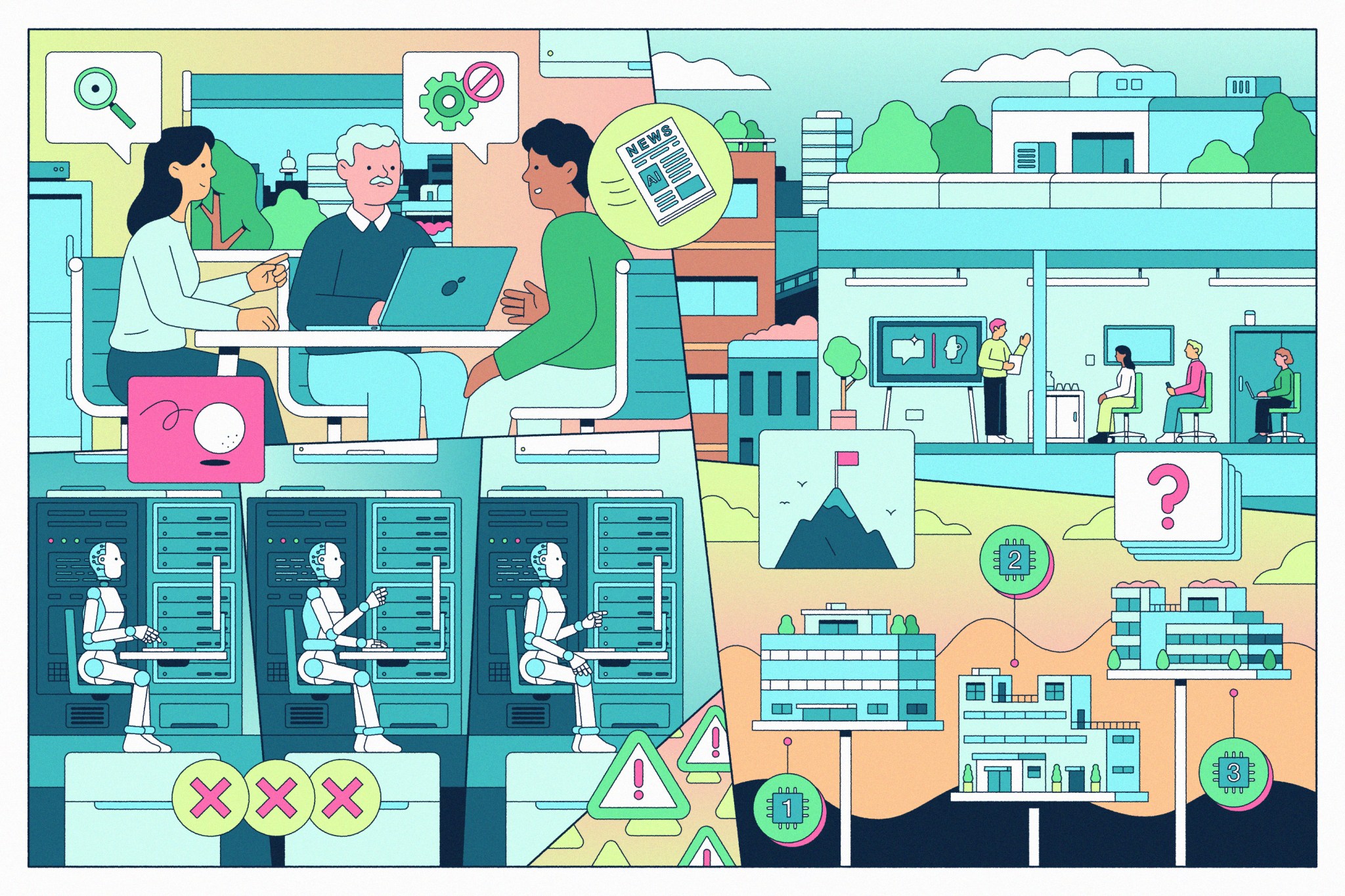
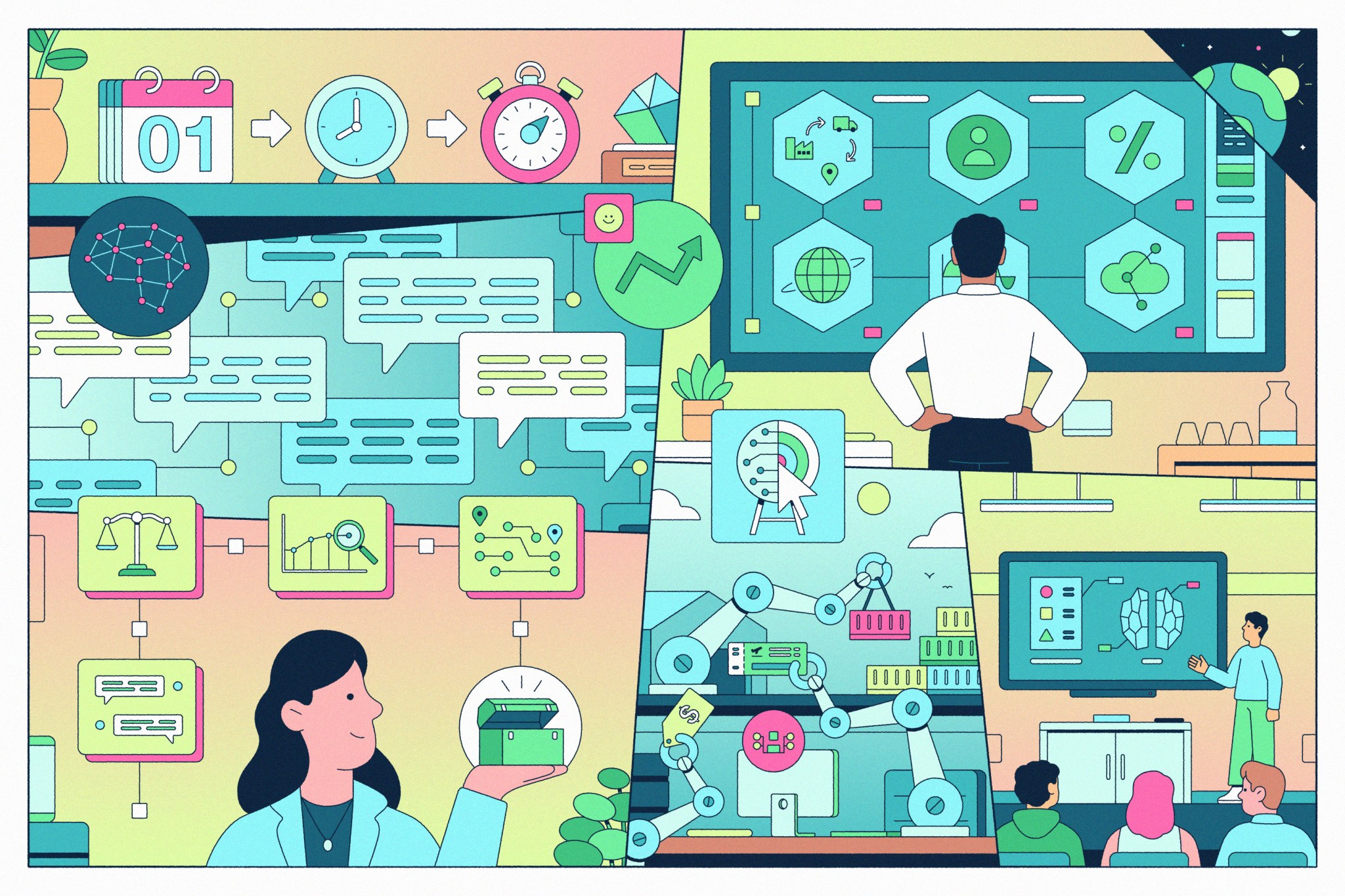



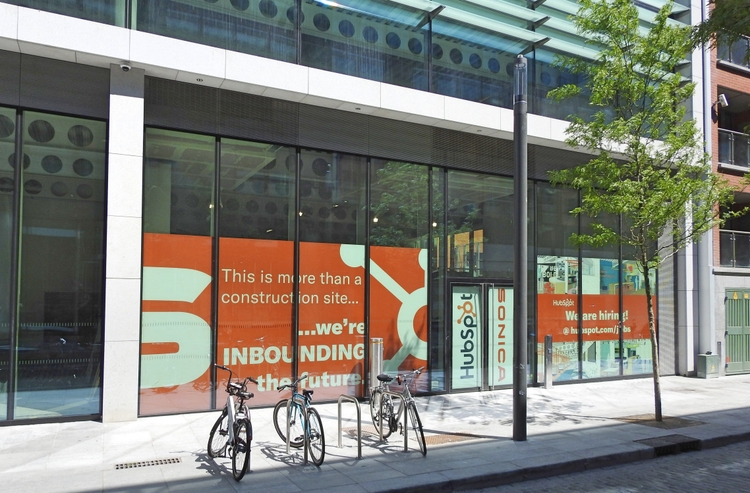


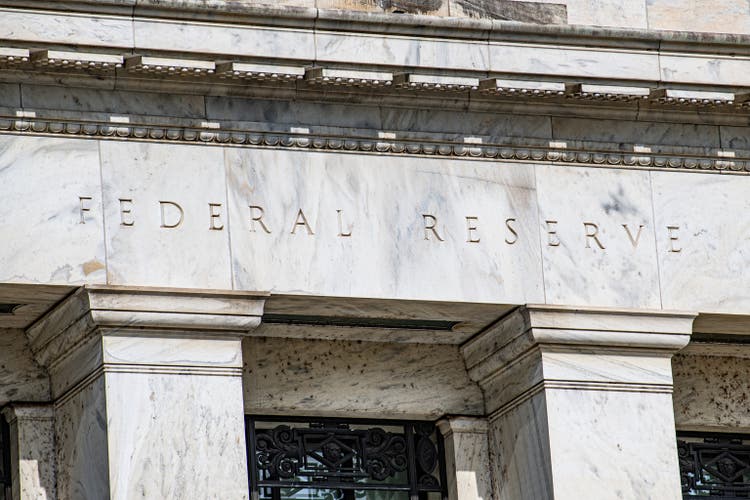



 English (US) ·
English (US) ·